
 2
2





 1
1






 3
3




I make a Maple Syrup instructional movie! Check it out HERE
SKIP books, get 'em while they're hot!!! Skills to Inherit Property
See me in a movie building a massive wood staircase:Low Tech Lab Movie
I certify this BB is complete.




"Si hortum in bibliotheca habes, nihil deerit." [If you have a garden and a library, you have everything you need] Marcus Tullius Cicero in Ad Familiares IX, 4, to Varro.
Someone flagged this submission as an edge case BB.
BBV price: 0
Note: Please copy over the Under construction and Mounted in final location photos to get approved











 2
2







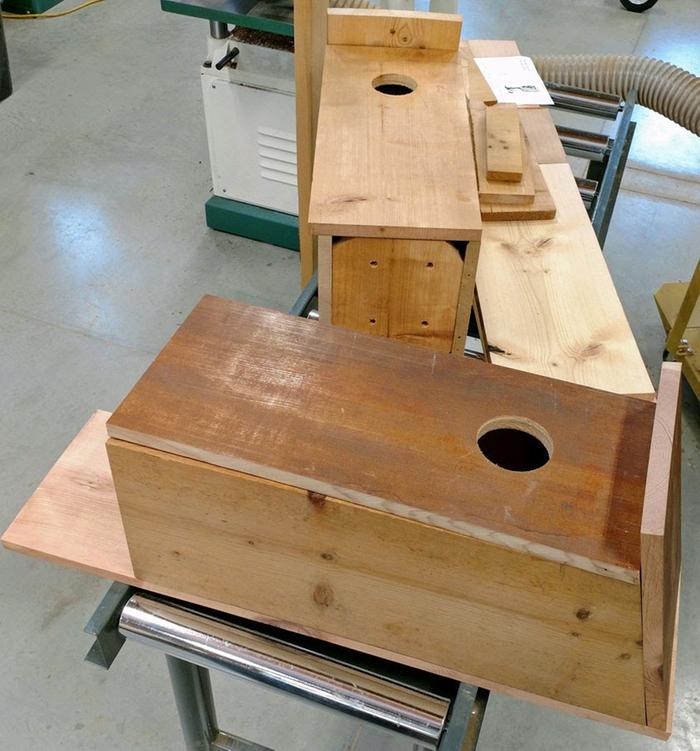
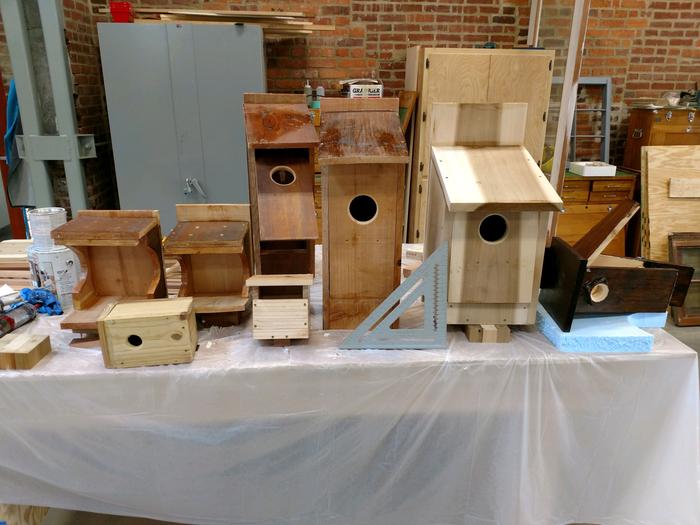
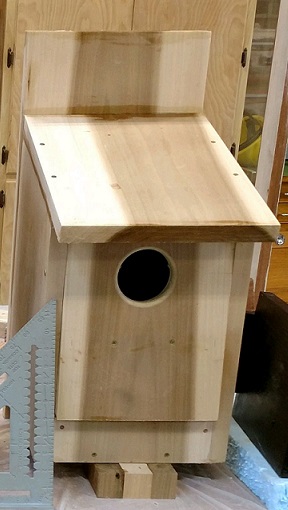



"Si hortum in bibliotheca habes, nihil deerit." [If you have a garden and a library, you have everything you need] Marcus Tullius Cicero in Ad Familiares IX, 4, to Varro.
Mike Haasl approved this submission.
 5
5




Now you can track your PEP BB and Badge progress in Google Sheets! Download today: PEP BB Calculator for Google Sheets
Mike Haasl approved this submission.
 6
6










Check out the plans to build your own charka-style spinning wheel from bicycle parts
Explore the intersection of permaculture, community, and the cycle of life at Herland Forest Natural Burial Cemetery and the Windward Education and Research Center
Mike Haasl approved this submission.
 5
5




.:GOAL - Work daily to learn more about survival and self-reliance:.
Mike Haasl approved this submission.
 5
5




.:GOAL - Work daily to learn more about survival and self-reliance:.
 3
3




Mike Haasl approved this submission.
 3
3




Nicole Alderman approved this submission.
Note: I hereby certify that this badge bit is complete!
 2
2




Kaitlion
--- not even for a moment do things stand still: witness color in the trees. ---seiju
Someone approved this submission.
 3
3















Cargo bikes are cool
Paul Fookes approved this submission.
Note: I certify this BB complete. Great set of photos well documented.
 2
2




Radis.
Living and growing on my small homestead near a project of permaculture school.
"There are no non-radical options left before us" Naomie Klein in This Changes Everything
Casie Becker flagged this submission as not complete.
BBV price: 1
Note: Can you let us know why you expect this birdhouse to attract Tachycineta, and why this is the species you chose? Otherwise it's a wonderful submission and I am impressed by the quantity.
Casie Becker approved this submission.
Note: Thank you very much for the fast edit. I am happy to see this certified.
 2
2




Someone flagged this submission as not complete.
BBV price: 1
Note: Many requirement not met. Roof made of plywood not acceptable in most badges, need only natural wood. Nice is not what i would say about this birdhouse. Would be better in the BB Simple beginner birdhouse of pep lumber woodworking.

 1
1




John Pachall wrote:I just finished installing my blue-bird house in our front yard.
I looked up the right sizes for a blue-bird when building the house. I posted it where I've seen the most blue-birds hang out. they should have a very nice rent free living space from now on.
 6
6





Raphaël Blais flagged this submission as an edge case.
BBV price: 0
Note: Good improvement! Could you add why you would like more of that bird in this area, and some dimensional specifics
Raphaël Blais approved this submission.
Note: Nice update!
 2
2




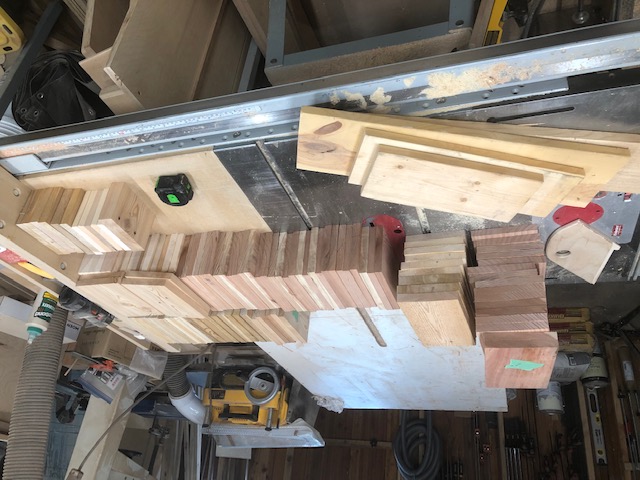
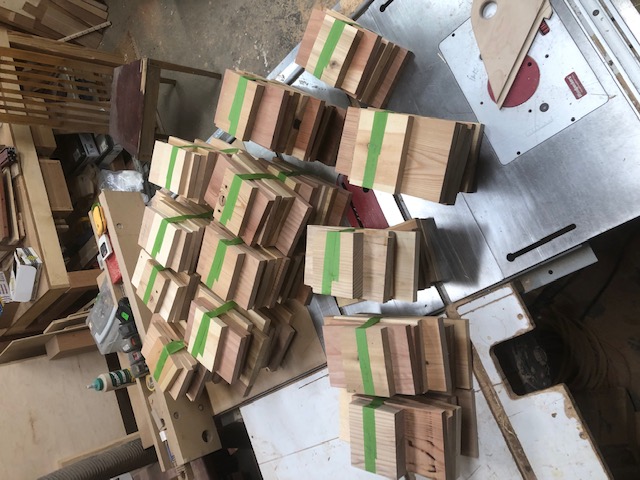
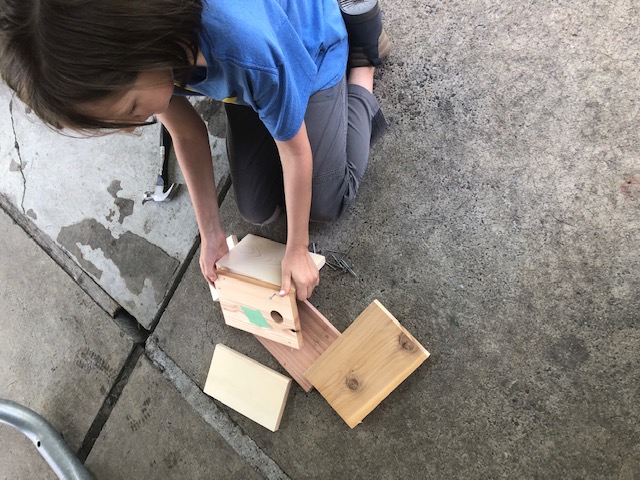
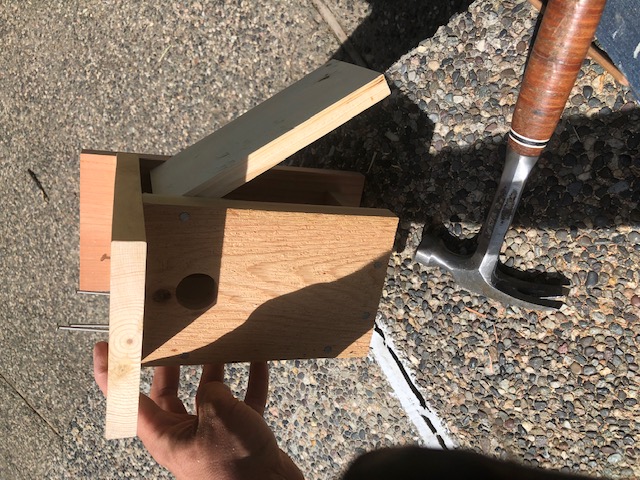
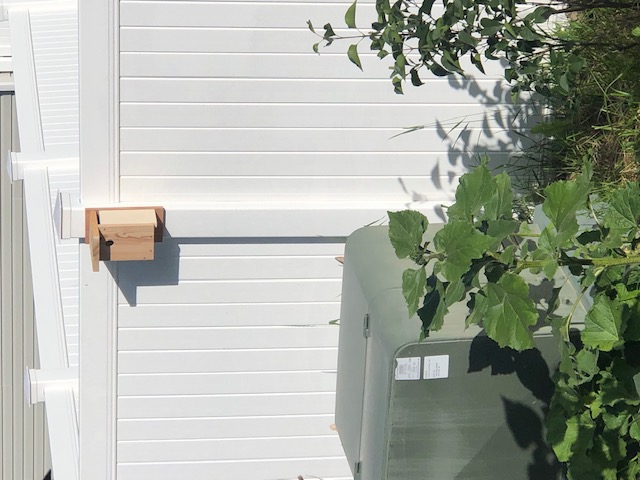
![Filename: 2-birdhouse.jpg
Description: [Thumbnail for 2-birdhouse.jpg]](/t/107920/a/214375/2-birdhouse.jpg)
"How do you balance production with perfection?"
For more creations and tom foolery come visit at https://www.instagram.com/wizard.mountainman/
Raphaël Blais approved this submission.




Dakota
Someone approved this submission.
Note: Good work!




Paul Fookes approved this submission.
Note: I certify this BB complete. Thank you for your amendment below.




Patrick W Kelly wrote:I used the attached design for this birdhouse. I'm hoping to attract chickadees or titmice, but wrens would be fine as well. The whole is too small for sparrows, and theres plenty of them around. We're in the midwest, but in an urban area. Wrens are more common where we are. Chickadees and titmice pass thru on occasion.
Hi Patrick,
Your other pictures opened so I have changed this post to a normal post and certified the one above. It is a good design and well constructed




















- Tim's Homestead Journal - Purchase a copy of Building a Better World in Your Backyard - Purchase 6 Decks of Permaculture Cards -
- Purchase 12x Decks of Permaculture Cards - Purchase a copy of the SKIP Book - Purchase 12x copies of Building a Better World in your Backyard




Mike Haasl wrote:This is a badge bit (BB) that is part of the PEP curriculum. Completing this BB is part of getting the sand badge in Animal Care.
In this Badge Bit you will make a bird house for a specific species of bird.

NestWatch has a wonderful bird house plan set and helps you choose one too.
Here's a nice youtube video of making an Eastern Bluebird house:
To complete this BB, the minimum requirements are:
- it must be designed for a specific species of bird
- natural wood and steel/wood fasteners (no glue, plywood, stain, paint)
- must be able to open for cleaning
To show you've completed this Badge Bit, you must:
- post a pic of the bird house under construction
- post a pic of your finished bird house in its final mounted location
- say what bird species it is designed for, how this design is a good match for that bird, and why you would like more of that bird in this area, and some dimensional specifics
Someone flagged this submission as not complete.
BBV price: 3
Note: This is not a BB submission, it is just a quote of the original post.




Someone approved this submission.
Note: Very nice!




Someone approved this submission.




J Lane
Jeremy VanGelder approved this submission.
Note: Good job!

|
Create symphonies in seed and soil. For this tiny ad:
The new gardening playing cards kickstarter is now live!
https://www.kickstarter.com/projects/paulwheaton/garden-cards
|









